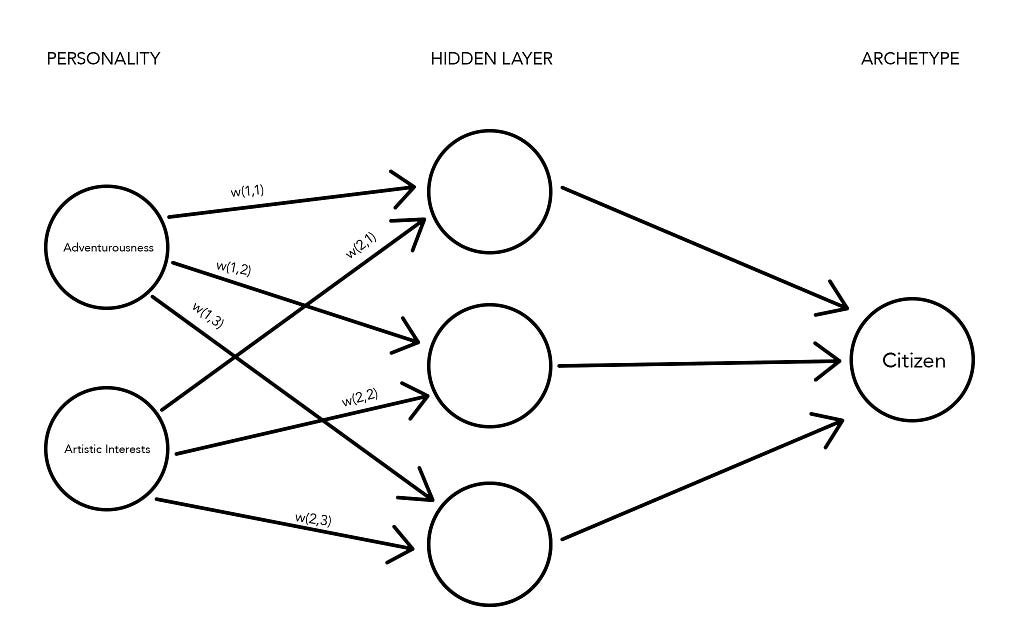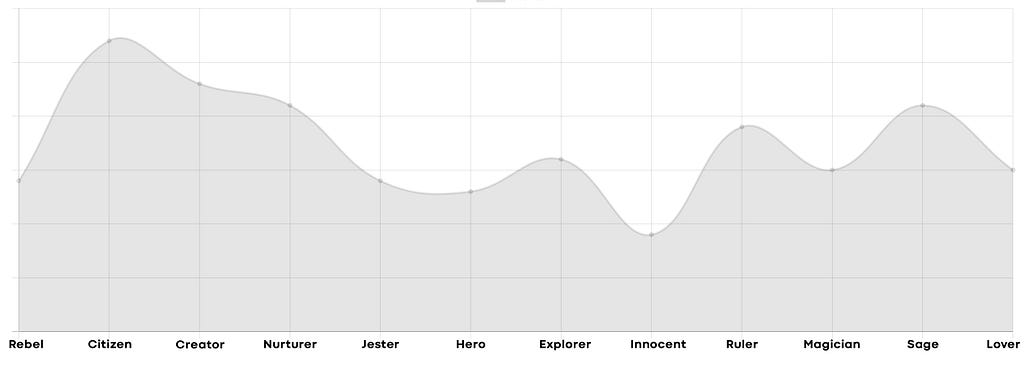Latest news about Bitcoin and all cryptocurrencies. Your daily crypto news habit.

A good brand is more than just a logo and style, it’s an experience. As humans, we can’t help but to give human traits to non-human entities. By giving our brands distinct personalities, we can differentiate ourselves with everyone else. In an earlier blog post called Creating Brand Personas with Machine Learning, I wrote about using the content companies generate to programmatically determine their personality. To accomplish this, I utilized IBM Watson’s Personality Insights with content from sources such as Twitter and company websites.
My main motivation for this research was to see if we could add some objectivity into such a subjective topic. I wanted to know if we could definitively answer if brands were staying consistent with their messaging and their brand persona. Example: compared to other drinks, where would Red Bull fall in the personality facet for Cautiousness? Below is graph where 0 represents a personality type that would rather take action immediately than spend time deliberating making a decision and 100 represents one that carefully thinks through decisions before making them.

Twitter always seemed like a better data source and immediately after creating the public tool mentioned in the blog post above, I set out to make the scraping mechanism more precise. For instance, the first iteration grabbed the first level of links on any website, but generally grabbed content from the privacy policy and terms of use which would skew the personality results. After improving the means of getting content, I began gathering data from the many of the Fortune 500 companies and top brands around the World.
I had a lot of data that I wanted more ways to make sense of. One of the ideas that stuck was to figure out a way to group these companies into buckets. I figured I could classify the brands based on their specific personality score and to do that I decided I could use a psychology theory called archetypes.
Brand Archetypes
Archetypes stem from psychologist Carl Jung’s theory that some story characters are familiar to us because they are part of a ‘collective unconscious’ we all share. Brands can utilize these archetypes to anchor their advertising to these personas so consumers can relate to the narratives more easily. There are 12 archetypes that we can bucket our companies into:
The InnocentOptimistic, honest, humble
The Regular GuyFriendly, humble, authentic
The HeroHonest, candid, brave
The OutlawRebellious, disruptive, combative
The ExplorerExciting, fearless, daring
The CreatorInspirational, daring, provocative
The RulerCommanding, refined, articulate
The MagicianMystical, informed, reassuring
The LoverSensual, empathetic, soothing
The NurturerCaring, warm, reassuring
The SageKnowledgeable, assured, guiding
The JesterFun loving, playful, optimistic
Notice that each archetype has their own set of specific personality traits we can use to map the current personality data we currently have.
Enter Neural Networks
Neural networks are a set of algorithms that are designed to recognize patterns to help us cluster and classify data. We can use the raw data obtained as personality scores as our inputs and output the probability the brand falls within one of our 12 categories. To train our model we need to start with a training set, or data that’s already been classified.
There are many large brands that serve as great examples of their specific archetype, for example Nike as The Hero. I manually labeled these brands into their archetype buckets and used this brands to train the neural network. Simply, when we train a neural network we’re basically starting with random weights connecting the nodes. We run the numbers once and use the answers we already have in our training data (the archetypes we selected) to see how close we were. We then run the algorithm over and over until the weights produce a model with a low error rate.
After we generated our model we can test it on the rest of our data and see how we did. Below is a chart of the distribution of the different archetypes on all the brands that we’ve collected.
Lastly, I wanted to see which archetype our agency, 20nine, would fall into. Considering “20nine was founded as an act of defiance” is painted on one of our walls, I’d say this is very accurate.
Wrapping Up
There have been so many interesting insights we’ve been able to gain from using these tools beyond just classifying our data and it’s awesome to be able to visualize something as subjective as a brand personality. If you’re interested in your brand persona and brand story, click below to read our approach to storytelling and how you can apply our actionable strategies to your brand.
Brand Archetype Classification Using Neural Networks was originally published in Hacker Noon on Medium, where people are continuing the conversation by highlighting and responding to this story.
Disclaimer
The views and opinions expressed in this article are solely those of the authors and do not reflect the views of Bitcoin Insider. Every investment and trading move involves risk - this is especially true for cryptocurrencies given their volatility. We strongly advise our readers to conduct their own research when making a decision.



